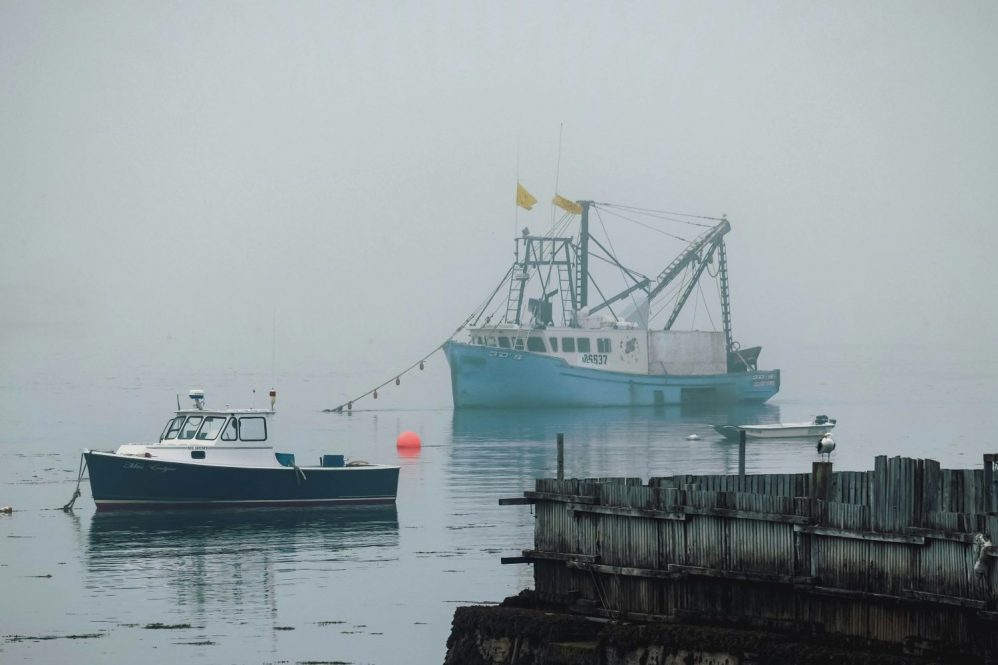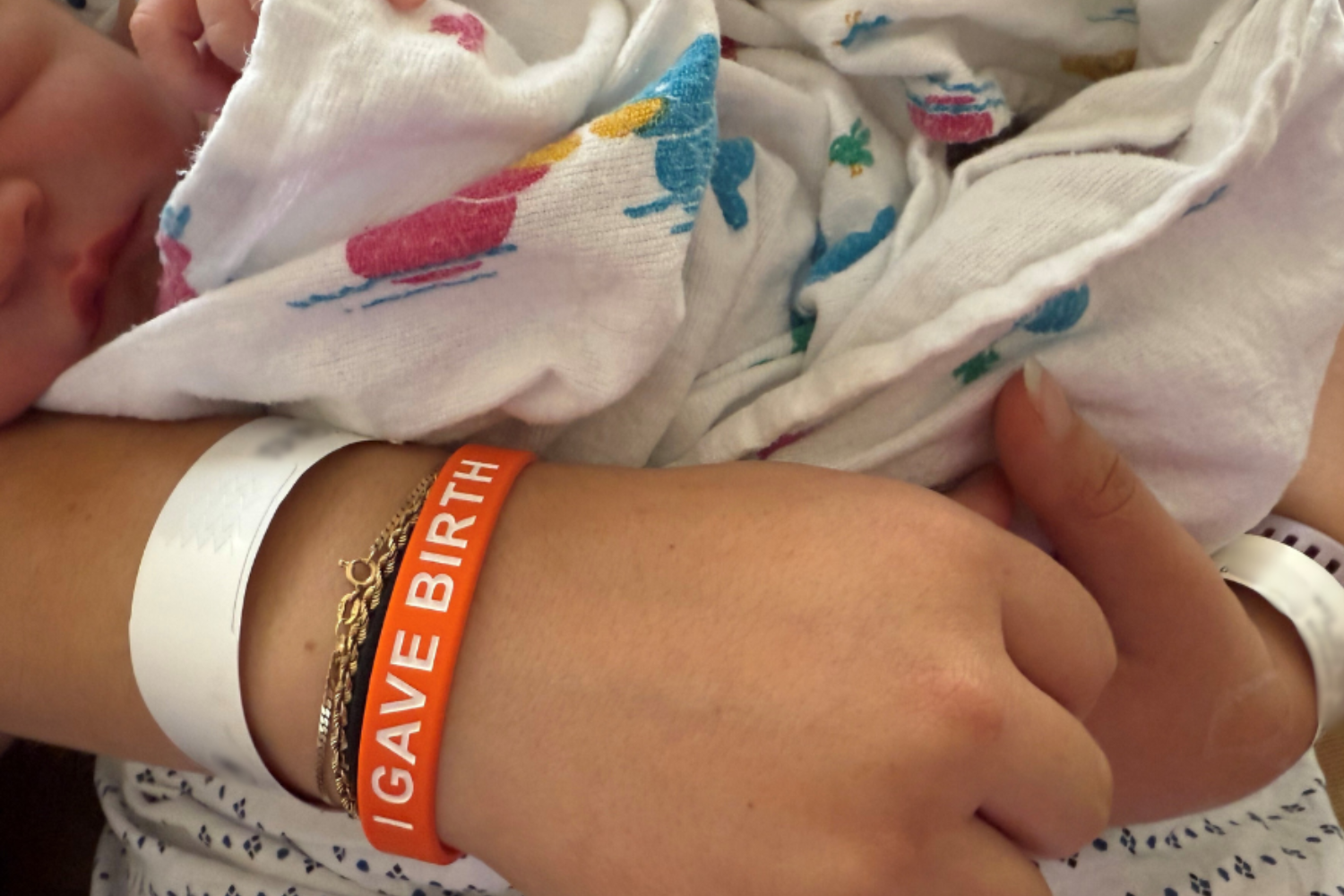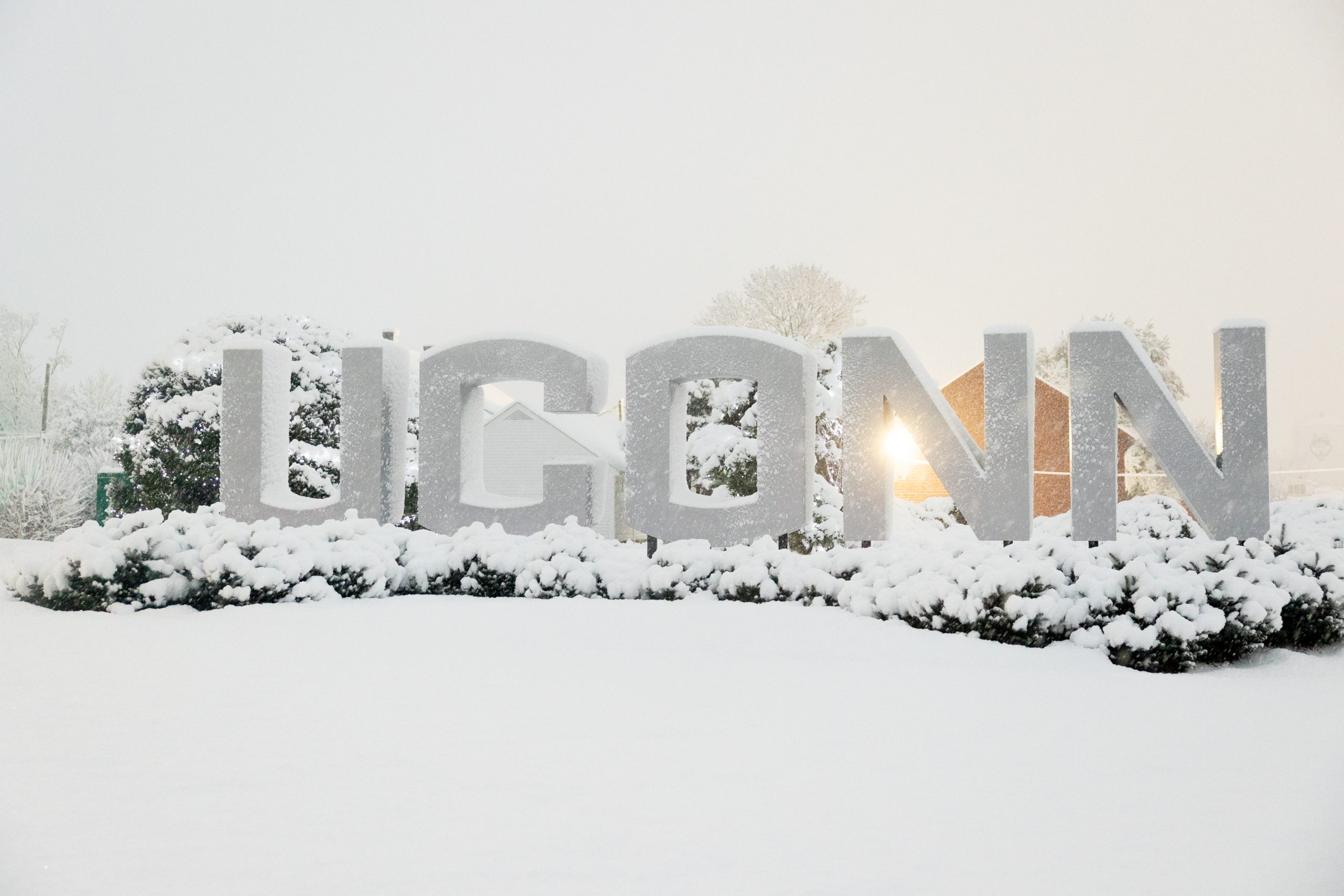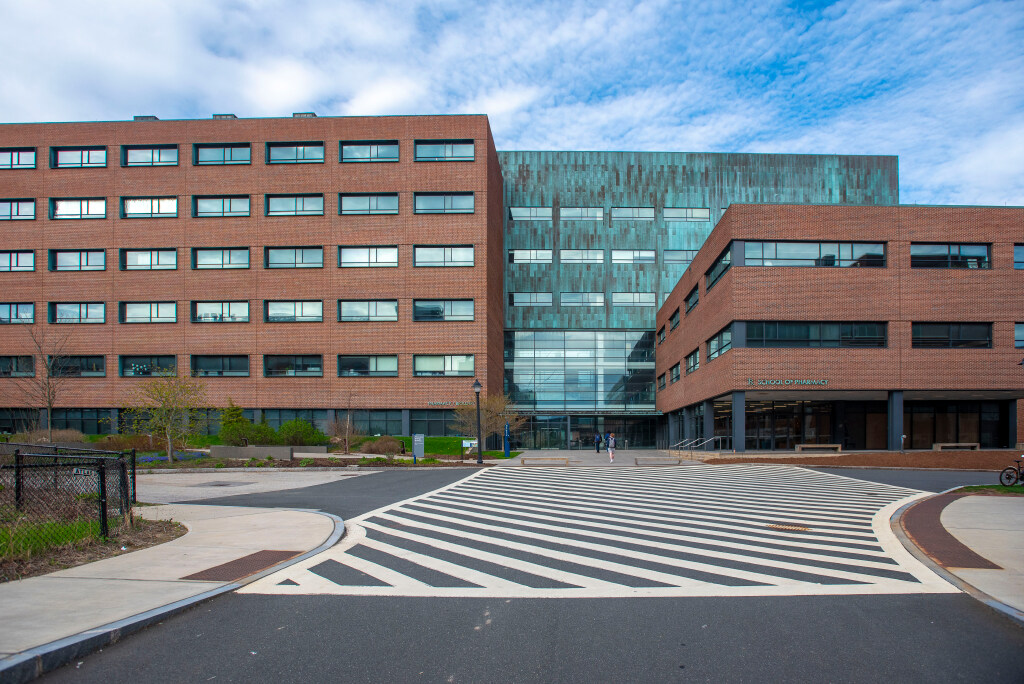Seafood is a major industry in New England. It generates a lot of revenue for coastal communities, but with that productivity can come a lot of waste.
Right now, that waste – things like crab and lobster shells – is just dumped into landfills where it decomposes slowly and releases greenhouse gases into the atmosphere.
Researchers in New England have been looking at how that waste could be used to help rather than harm the environment.
Mingyu Qiao, assistant professor of innovation and entrepreneurship in the Department of Nutritional Sciences, and Yangchao Luo, associate professor of nutritional sciences, are two researchers in the College of Agriculture, Health and Natural Resources investigating how seafood waste and algae can be used to produce plastic-free, biodegradable packaging.
They recently published four articles on the topic, in Foods, Food Hydrocolloids, and two in International Journal of Biological Macromolecules 1 and 2.
“That’s the motivation,” Qiao says. “We’re looking for ways we can better use that seafood waste to create a value-added product.”
Plastic packaging is also a major source of waste in the world. Single-use plastics often make their ways into our waters where they pose a danger to sea life.
Microplastics, pieces of plastic broken down to nearly undetectable sizes, affect humans too, as they have shown up in human brains and reproductive organs.
Plastics are harmful to human health in another way – PFAS. PFAS (Per- and polyfluoroalkyl substances) also known as “forever chemicals” are found in plastics and plastic coatings on paper food wrappers. They leech into our food, and we then consume these harmful chemicals.
Qiao and Luo are looking for a solution that tackles waste from both directions.
“Each type of seafood waste has different (chemical) components, and they might have different properties, so it can be good for different applications,” Qiao says. “The challenge is how to identify those molecules, their properties, and the best use.”
Natural polymers like the ones with which Qiao and Luo work are safer for human, animal, and environmental health, aligning this work with the College’s investment in One Health approaches.
These polymers do not contain synthetic chemicals which are linked to a host of poor health outcomes, and they can be easily degraded in the ocean, given that is where they originated.
“Nature already has a mechanism to biodegrade those polymers that is millions of years old,” Qiao says.
Luo works on turning a compound found in crab and lobster shells into packaging using an extraction process that does not generate toxic waste.
“Even though the polymer is green, the process is not,” Qiao says. “That’s why we’re developing what we call a green biorefinery method using microorganisms that produce enzymes to break down those tissues and then we can extract the polymers sustainably.”
In partnership with UConn’s Technology Commercialization Services (TCS), Luo and Qiao have forged a strategic alliance with a leading lobster processing company in Massachusetts to implement this innovative green extraction method on seafood waste. Together, they are pursuing a Small Business Technology Transfer (STTR) grant to accelerate the development and commercialization of this groundbreaking technology.
Amit Kumar, senior director of licensing at UConn, says “The seafood processing industry produces valuable waste that is rich in components like chitin and alginate, which have significant potential for diverse applications, from food and medical technologies to sustainable packaging alternatives. These projects aim to harness these materials to create high-impact, eco-friendly solutions across various industries by replacing petroleum-based materials.”
Qiao works with alginate, a compound found in algae, as an edible coating on food. He is looking at how spraying produce, like strawberries, with an alginate coating can help increase their shelf-life without the need for plastic packaging.
Alginate is an attractive option for this application because it is completely edible, calorie-free, and not a common allergen, which is a concern for seafood-derived polymers.
The researchers are also working with local seaweed farmers, collaborating with them as they move toward commercializing this technology.
A postdoctoral researcher working in Qiao’s lab, Anuj Purohit, has established a company called Atlantic Sea Solutions to develop and commercialize this technology. The company was selected to receive funding from the Connecticut Center for Entrepreneurship and Innovation, or CCEI over the summer. Atlantic Sea Solutions was selected as one of five teams to compete in the School of Business’ Wolff New Venture Competition in October.
“This research is not staying on the paper,” Qiao says. “There is commercial interest right now.”
Qiao and Luo have disclosed three inventions and filed two provisional patents in this area.
“We extend our heartfelt thanks to the CAHNR leadership for their continued investment in applied research like ours. These projects were initially supported by the CAHNR Exploratory Research Grant and the Strategic Vision Implementation Committees (SVIC) Funding, and we’re now beginning to see the fruits of that investment.”
This work relates to CAHNR’s Strategic Vision area focused on Ensuring a Vibrant and Sustainable Agricultural Industry and Food Supply, Advancing Adaptation and Resilience in a Changing Climate and Enhancing Health and Well-Being Locally, Nationally, and Globally.
Follow UConn CAHNR on social media



